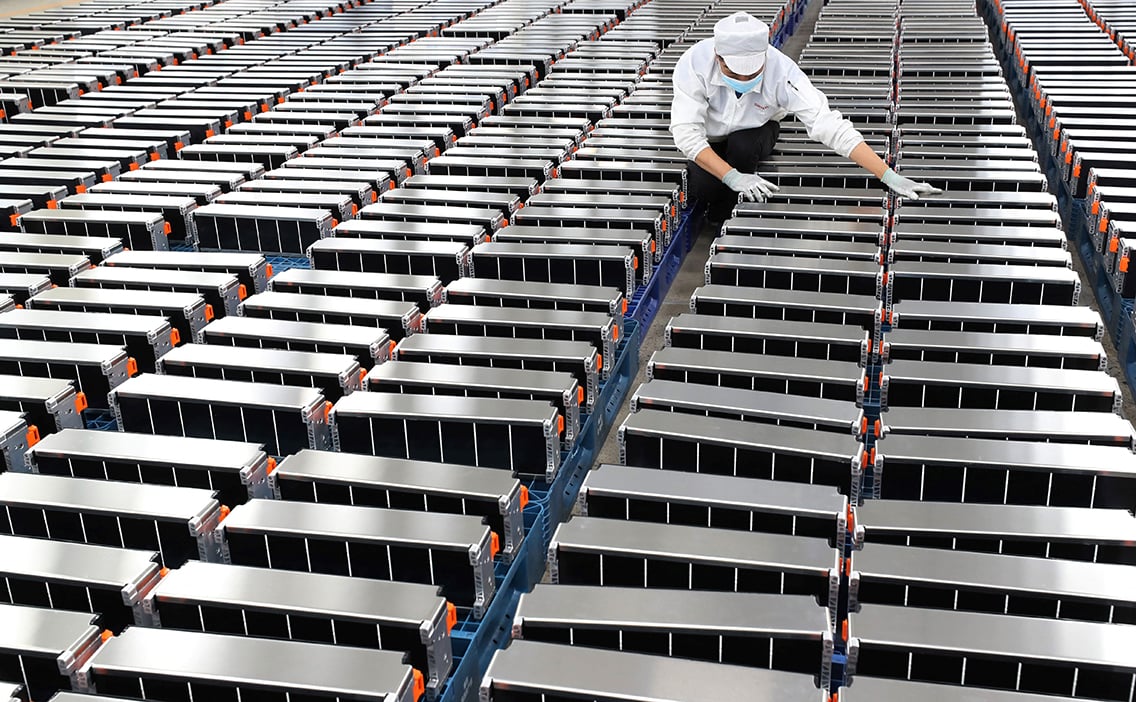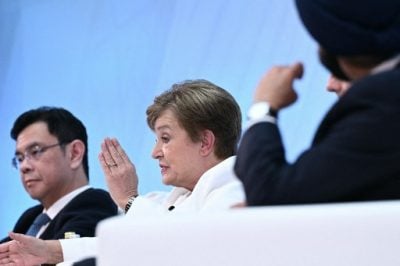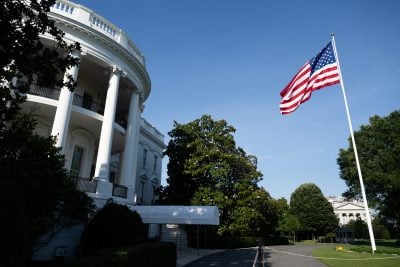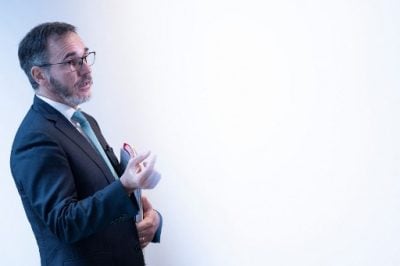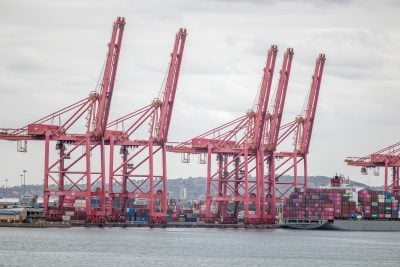Africa has entered a decisive era where vision must become tangible and investable reality. Agenda 2063 sets a long-term horizon for prosperity, integration, and resilience, while national development plans increasingly align with the Sustainable Development Goals and the continent’s drive to deepen value chains. The challenge is no longer drafting plans but executing them — converting national ambitions into finance-ready pipelines and projects that generate jobs, build industry, and deliver essential services where people live.
The African Development Bank (AfDB) stands at the centre of this shift from rhetoric to results. In May 2025, shareholders elected Dr. Sidi Ould Tah as the ninth President with a clear mandate to accelerate delivery. In his inaugural address on 1 September 2025, he outlined four priorities: listening carefully to member states, fast-tracking reforms, deepening partnerships, and turning plans into operational assets. These priorities now guide the Bank’s strategy, supported by a strengthened capital base that includes a general callable capital increase raising authorised capital to about U$318 billion and a $750 million sustainable hybrid capital instrument expanding lending capacity.
Together with other multilateral development banks (MDBs), BADEA has played an equally vital role in sustaining this momentum. Coordination with other MDBs further expands the pool of concessional and blended resources available to African governments and the private sector, ensuring that ambitious strategies translate into bankable projects and measurable impact on the ground.
This urgency could not be timelier. According to the IMF’s April 2025 Regional Economic Outlook, Sub-Saharan Africa is expected to grow by 3.8 percent in 2025 and 4.2 percent in 2026 if energy and logistics bottlenecks are resolved and fiscal reforms hold. Yet interest payments consume more than 11 percent of government revenues in many low-income countries, leaving little room for social spending or productive investment. The 2024 Sustainable Development Goals Report shows that only 17 percent of global targets are on track, with more than a third stalled or reversing. These figures are more than statistics — they translate into teachers not hired, clinics left without essential medicines, and young entrepreneurs unable to access finance. Reform and execution must now move together so that fiscal space becomes real classrooms, reliable power connections, and functioning factories.
The AfDB’s 2024 Annual Report shows approvals rising by 5.5 percent to UA 8.47 billion (approx. $10bn), with disbursements reaching a four-year high of UA 5.09 billion. Almost half went to sovereign operations, while private-sector approvals climbed to UA 1.65 billion. By July 2024, nearly 70 percent of approved private-sector operations were rated under the Bank’s governance and management metric, exceeding the ADF-16 mid-term benchmark. This credibility is crucial because it builds confidence for investors and governments alike, lowers transaction costs, and accelerates project preparation. It enables the Bank to move from small-scale interventions to multi-country programs that pool risk, standardize documentation, and make blended finance possible.
Energy remains the most visible test of whether this momentum can translate into tangible results. More than 600 million Africans still live without electricity. The Mission 300 partnership aims to connect 300 million people by 2030 through a mix of grid expansion, mini-grids, and off-grid solutions. The AfDB’s Desert-to-Power initiative demonstrates this on the ground: in rural Niger, solar mini-grids are keeping vaccines cold and enabling midwives to deliver babies safely at night, turning abstract energy targets into lives saved and children’s health protected.
Trade and productive integration offer a similar test. The World Bank estimates that full implementation of the African Continental Free Trade Area could lift 30 million people out of extreme poverty and raise incomes by 7 percent by 2035. Transport corridors financed by the AfDB are cutting clearance times and reducing logistics costs, allowing farmers to get perishable goods to market before spoilage. At the Kazungula Bridge linking Botswana and Zambia, crossing times have dropped from days to hours, enabling small traders to double weekly trips and manufacturers to ship components on schedule. In Ethiopia’s Hawassa Industrial Park, reliable power and serviced plots have created thousands of jobs and attracted foreign investors, showing what industrial zones can deliver when the basics work.
The Moroccan example
Morocco provides another example of how national industrial policy aligns with continental ambitions. Its automotive strategy, anchored in special economic zones, supplier ecosystems, and rising local-integration targets, has positioned the country as a regional manufacturing hub under Agenda 2063’s industrialisation pillar. This has translated into tangible results: China’s Gotion is investing $1.3bn in a Kenitra battery gigafactory, Stellantis has launched a €1.2bn expansion of its Kenitra plant toward 535,000 vehicles a year, and Morocco’s auto exports reached about $14bn in 2023. These developments highlight how disciplined national execution can feed Africa’s broader industrial growth and integration agenda.
The Bank’s new pipeline reflects this focus on delivery — prioritising country demand, accelerating reforms, deepening partnerships, and emphasizing practical solutions that generate measurable impact. Dedicated vehicles such as the Climate Action Window, which mobilized $429m in its first year, and AFAWA, which channels finance to women-owned businesses, are steering capital toward resilience and inclusion. One beneficiary, a Nairobi-based entrepreneur who secured working capital through AFAWA, recently expanded her food-processing business and now employs 25 women from her community. These stories, replicated thousands of times across the continent, are where capital meets lived experience.
But finance alone is not enough. The credibility of this new phase rests on governance — transparent procurement, open beneficial-ownership registries, and predictable dispute resolution — so that every dollar of concessional finance multiplies private capital instead of displacing it. Demography is Africa’s quiet advantage if policy keeps pace. The United Nations projects that the region’s working-age population will grow by nearly 400 million people by 2050. Capturing this dividend requires aligning education and skills with market demand, strengthening health systems, and ensuring that infrastructure and industrial policies create pathways for young people to find work, start businesses, and build wealth at home.
The risk at this moment is not overreach but underreach, as thin ambition would leave Africa with plans that inspire but projects that lag. The opportunity now lies in disciplined scale: converting strategies into finance-ready pipelines with clear documentation and fair risk allocation, expanding catalytic tools that crowd in private capital for energy, transport, housing, digital, and agrifood, and measuring success not by the volume of announcements but by access to services, productivity gains, and export growth.
In the end, Africa’s future will be determined not by how many strategies are launched but by how many clinics have electricity, how many bridges are built, how many small businesses scale up, and how many farmers reach bigger markets. The capital is in place, the instruments are live, and the urgency is no longer rhetorical but statistical. The judgment of history will rest not on the eloquence of frameworks but on the assets Africa builds, the markets it deepens, and the lives it transforms.
Ultimately, this is how strategies become reality, and how “The Africa We Want” moves from vision to life.
Want to continue reading? Subscribe today.
You've read all your free articles for this month! Subscribe now to enjoy full access to our content.
Digital Monthly
£8.00 / month
Receive full unlimited access to our articles, opinions, podcasts and more.
Digital Yearly
£70.00 / year
Our best value offer - save £26 and gain access to all of our digital content for an entire year!
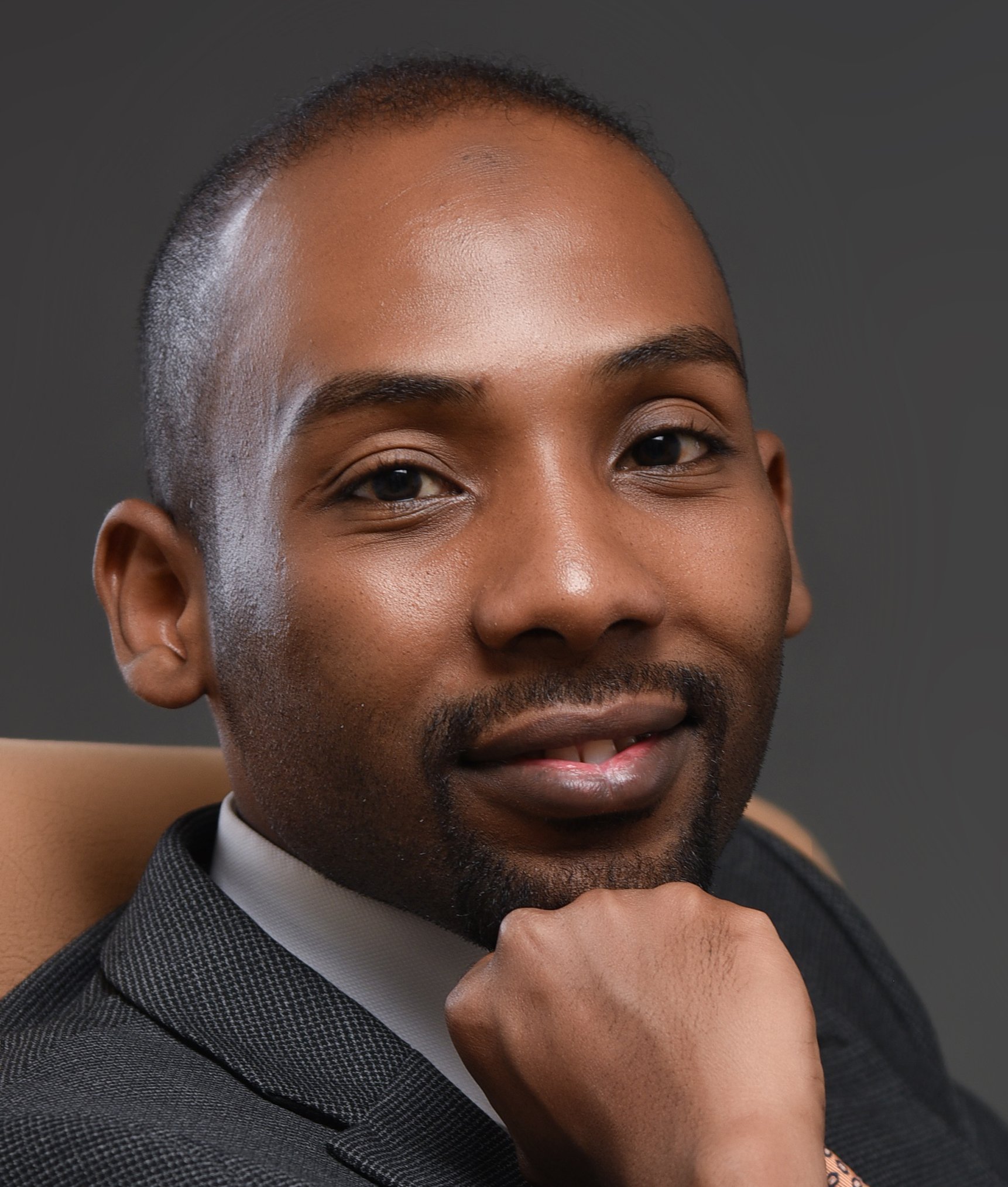
 Sign in with Google
Sign in with Google 